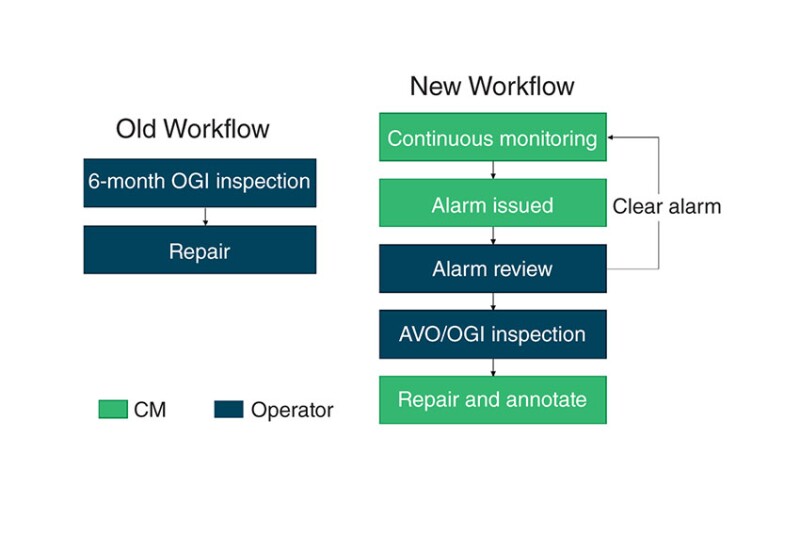Diverse methods are used by oil and gas operators for methane leak detection and repair (LDAR). Deploying continuous monitoring (CM) point-sensor technologies to an oil and gas facility allows operators to implement novel operation and maintenance work practices to respond efficiently to methane emissions. The authors examine how data-science-driven work practices can result in substantial reduction in methane emissions compared with other LDAR methods.
CM Technology
CM point sensors track changes in parts per million of methane in the air. When several fixed sensors are deployed at a site, a large area can be surveilled. Using proprietary algorithms based on a plume-dispersion model, the volume and site rate of the methane emission are calculated.
×


Continue Reading with SPE Membership
SPE Members: Please sign in at the top of the page for access to this member-exclusive content. If you are not a member and you find JPT content valuable, we encourage you to become a part of the SPE member community to gain full access.

